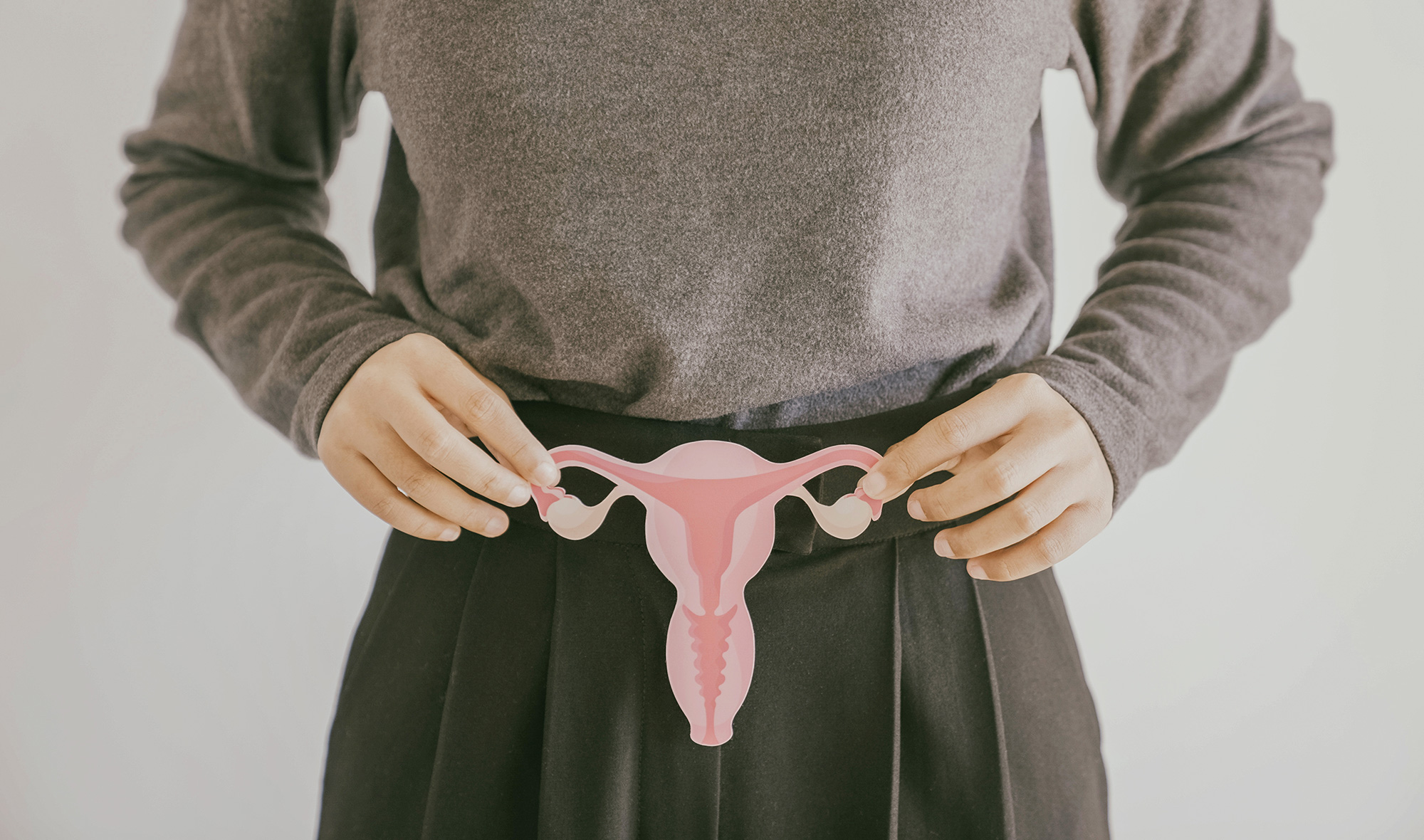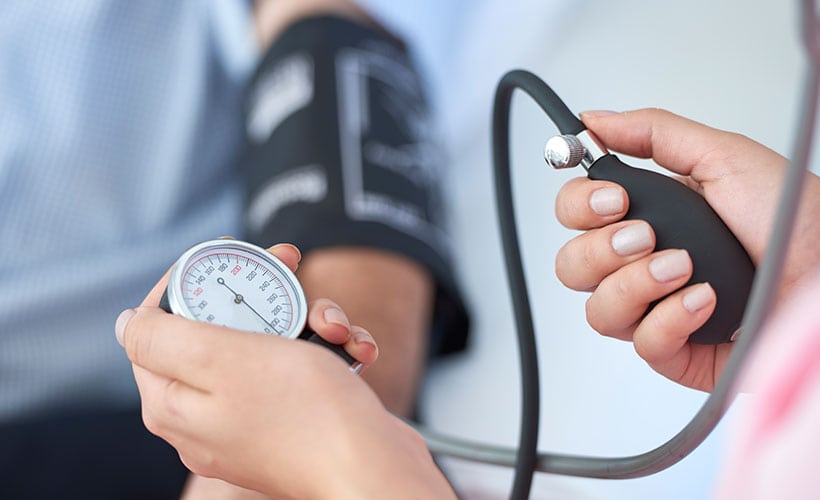From the 12th of September 2023 some significant changes to cervical screening services in New Zealand will take place. The primary test for cervical screening will change from the “smear test” to an “HPV (Human Papillomavirus) test”, and there will be more funding to increase patient access to testing. The new test checks for the presence of HPV virus (responsible for causing around 95% of cervical cancers) and is able to detect cancer earlier. An advantage of the new test is the option for self-testing.
The National Cervical Screening Programme (NCSP) began in 1990, and since then the incidence and mortality rates of cervical cancer in New Zealand have decreased. However, cervical screening attendance rates have actually decreased over time, especially during the Covid-19 pandemic.
The link between HPV and cervical cancer
There are over 150 different types of HPV virus, with some known to lead to cancer. Cervical cancer is one of the most preventable cancers, being slow to develop and taking at least ten years to show its presence in the body.
While HPV infection usually clears by itself within a couple of years, some infections are more persistent. These persistent infections may need monitoring, follow up and sometimes treatment to prevent cancer. Nearly 80% of people are infected with HPV at some stage in their lives, but many have no symptoms or do not know that they have it.
Free screening for some
Cervical screening is available to women / people with a cervix aged 25 to 69 who have had any sexual activity or intimate skin-to-skin contact. Screening is not fully funded for everyone. The following patient groups will have access to free cervical screening:
- women and people with a cervix aged 30 years and over who have never had a screening test or are considered ‘under-screened’ (i.e no history of being tested in the last 5 years)
- anyone that needs follow up
- Maori and Pacific people
- Community Service Card holders.
Advantages of the new test
- simpler, easier to use
- will identify pre-cancers at an earlier stage
- provides more options for cervical screening
- higher sensitivity in finding the virus that causes changes to cervical cells making it safer to wait longer between tests (five years instead of three)
- option of self-testing.
The process of HPV testing
The previous smear test involved a speculum examination, where a swab was taken from the cervix. The smear test would identify pre-cancerous changes to cervical cells. This test will still be an option for some patients.
The new HPV test is a vaginal swab that identifies the presence of any high-risk HPV types, particularly 16 and 18.
You still need a consultation with a healthcare provider. During the consultation, they will explain how the test works, obtain your consent, and discuss whether a cervical (smear) or vaginal swab is the best option. If the vaginal swab is chosen, the health practitioner can take the sample or you can self-test. You will be told how to do the test, and what follow-up will be needed if the test is positive. It is most likely that the self-test will be done in a private space in the clinic, but there may be an option to talk with your provider about taking the test at home.
A negative HPV test result will mean that no HPV is present and there is a low risk of developing abnormal cells within the next five years. Three-yearly HPV tests are recommended for people who are immune deficient.
A positive test for HPV does not mean that you have cervical cancer. If HPV is detected, and depending on the type of HPV found, you will need to return to your provider to have a cervical cell test or be referred to a specialist. It is expected that up to 10% of people will test positive for HPV.
If you or someone you love is due or overdue for a cervical screening, make a booking now. There are many options where to make your appointment including your nurse or GP clinic, Family Planning, sexual health clinic, and mobile health or community health clinics.

















Community